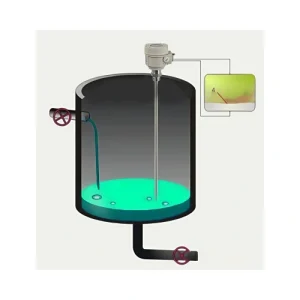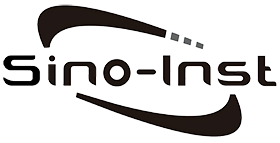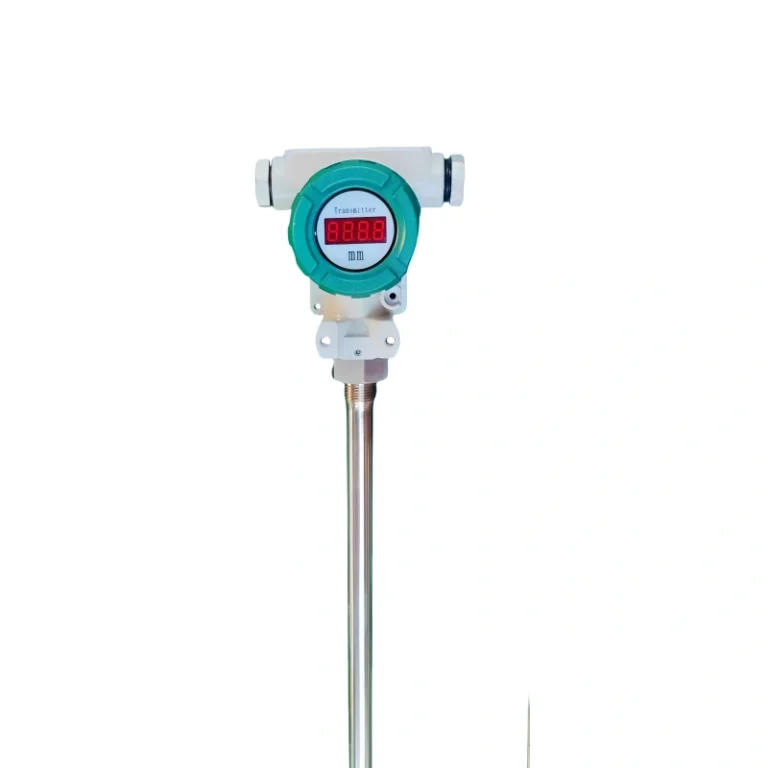Capacitive level sensor For Industrial Measurement
The capacitive level sensor is a liquid level measuring instrument. It works on the principle of capacitive induction. When the height of the measured medium soaking the measuring electrode changes, its capacitance changes. The capacitive level sensor can convert the height changes of various materials and liquid media into standard current signals. The standard current signal is transmitted to the operation control room for centralized display by secondary instruments or computer devices.
Features:
- Simple structure
- Easy to install
- High precision
- Low power consumption
- Fast dynamic response
- Easy maintenance
- Long service life
- Reasonable price

Capacitive Level Sensor Series
The company’s capacitive sensors mainly include:
- Cryogenic capacitive level sensor
- High-temperature and high-pressure capacitive level sensor
- Oil level capacitive level sensor
- Sanitary capacitive level sensor
- Coaxial protective tube type level sensor
Sino-Inst’s products are widely used in many industries such as petroleum, chemical, electric power, gas stations, transportation, Internet of Vehicles, sanitation, tobacco, commercial concrete, mining, metallurgy, steel, etc. And support customization and OEM. Please contact us to provide you with a reasonable measurement solution.
Capacitive level sensors reflect the liquid level by measuring the change in capacitance. Since there is a linear relationship between the capacitance value and the liquid level, high-precision liquid level measurement can be achieved.
Capacitive liquid level sensors use non-contact measurement and are not easily affected by changes in the physical properties of the medium, so they can maintain long-term stability.
Capacitive liquid sensors can reflect changes in liquid level in real time and are suitable for occasions that require fast response.
Capacitive liquid level sensors can be applied to various liquid media, including conductive liquids and non-conductive liquids.
Why choose Sino Inst' s Capacitive level sensor
Sino-Inst’s capacitive level sensor can be customized. If you need to measure low temperature and high pressure media, you can contact us. We will give you the perfect measurement option. Our capacitive level sensor can also be used to measure oil level. Our capacitive level sensor can also support OEM production. Hope to receive your email.
Capacitive Level Sensor Applications
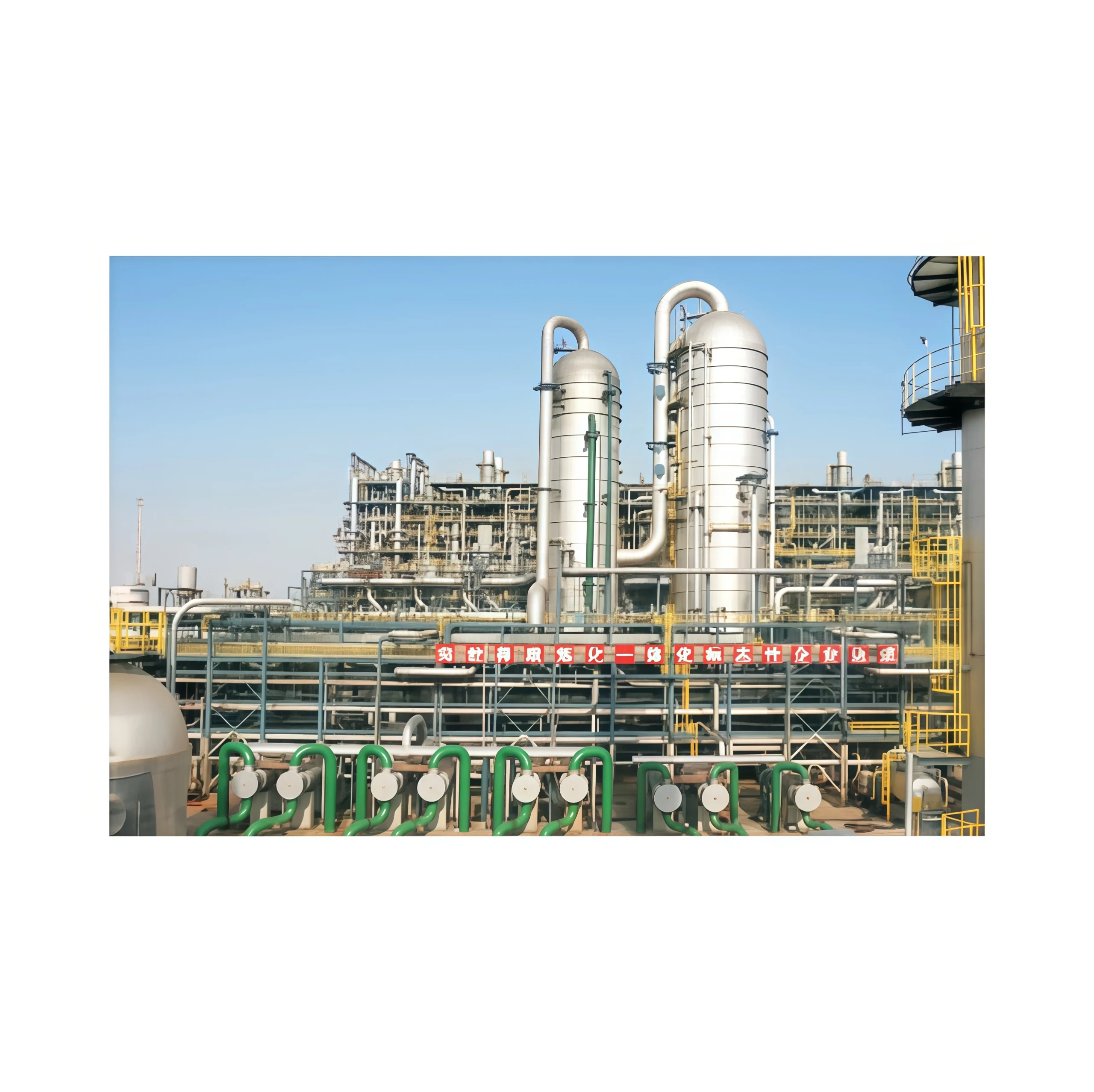
Chemical Industry
Capacitive level sensors can be used in the chemical industry. Measure the level of chemical raw materials and corrosive liquids.
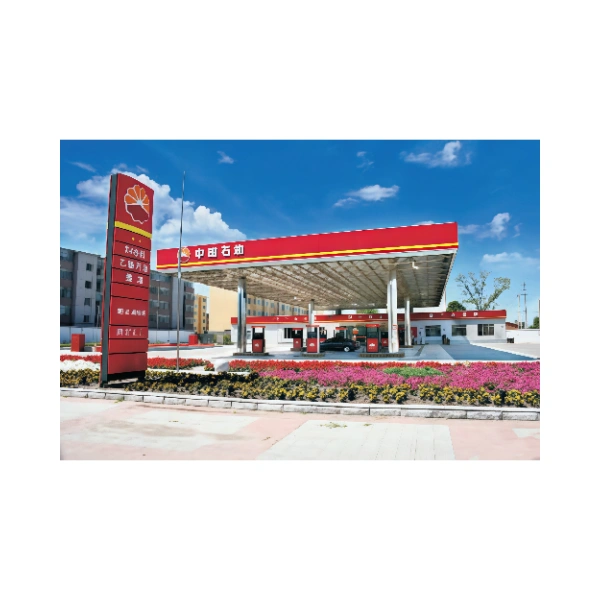
Petroleum Industry
Capacitive level sensors can be used in the petroleum industry
- Various vehicle tank oil level detection
- Oil tank level measurement
- Equipment tank oil level detection
- Generator fuel consumption detection
- Water tank water level detection
- Tank truck oil level detection
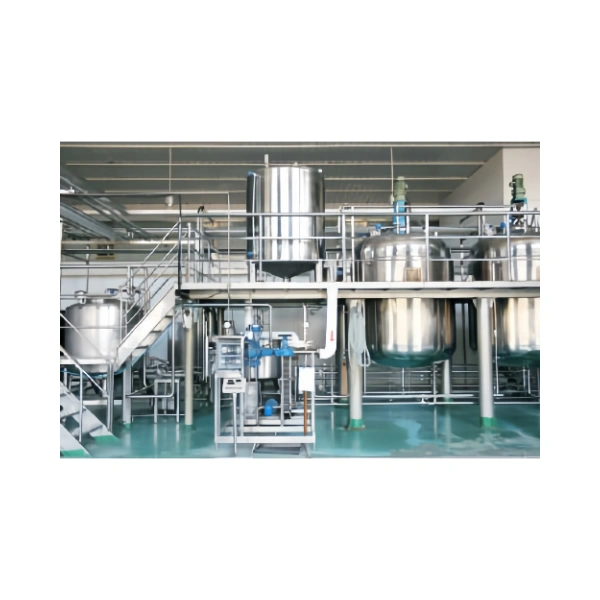
Food Industrial
Capacitive level sensors can be used in the food and beverage industry
Sanitary capacitive level sensors can solve the problem that food requires high standards for clean environments.

Water Treatment Industrial
Capacitive level sensors can be used in the water treatment industry
In sewage treatment, capacitive level sensors can measure the level of sewage.
More Information
Calibration of Capacitive Level Sensors
- Static calibration method
The specific steps are as follows:
(1) Install the liquid level sensor on the standard container to ensure that the system is in a static state.
(2) Add the standard liquid level and record the reading.
(3) Repeat the above operations and change the standard liquid level height at the same time.
(4) Based on the recorded data, draw a curve showing the relationship between the standard liquid level and the capacitance value.
A relatively accurate calibration curve of the liquid level sensor can be obtained through the static calibration method. However, it should be noted that the continuity, stability and repeatability of the collected data should be ensured as much as possible when drawing the curve.
- Dynamic calibration method
The dynamic calibration method requires the use of special equipment to simulate the capacitive liquid level meter. The specific steps are as follows:
(1) Connect the simulated capacitor to the liquid level sensor.
(2) By adjusting the capacitance value of the simulated capacitor, simulate the change of the liquid level and record the corresponding reading.
(3) Based on the recorded data, obtain the coefficient relationship between the liquid level meter measurement value and the actual liquid level.
The dynamic calibration method can simulate a complex working environment. And it can be calibrated for different liquid level heights. But it requires special equipment and professional technical support.
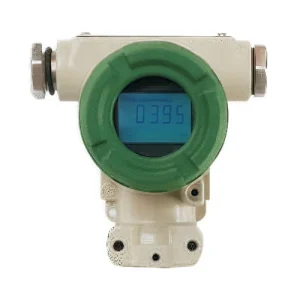
Whether it is static calibration or dynamic calibration. Please pay attention:
1. Before calibration, the liquid level meter should be fully inspected to ensure the normal operation of the equipment and system.
2. During the calibration process, attention should be paid to safety protection to avoid damage to personnel and equipment.
3. When performing static calibration, appropriate standard liquid levels and standard containers should be selected, and the test environment should be kept as stable and consistent as possible.
4. When performing dynamic calibration, attention should be paid to the accuracy and stability of the equipment, and the actual use environment should be simulated as much as possible.
5. After calibration, verification should be carried out to verify the reliability and accuracy of the calibration results in actual use.
Working Principle of Capacitive Level Sensors
A capacitive level sensor is based on the principle of capacitive induction. When the height of the measured medium soaking the measuring electrode changes, its capacitance changes. It can convert the changes of various levels and liquid media heights into standard current signals. The standard measurement signal is transmitted to the operation control room for centralized display, alarm or automatic control by secondary instruments or computer devices. Its good structure and installation method can be applied to high temperature, high pressure, strong corrosion, easy crystallization, anti-blocking, anti-freezing and solid powder and granular materials.
